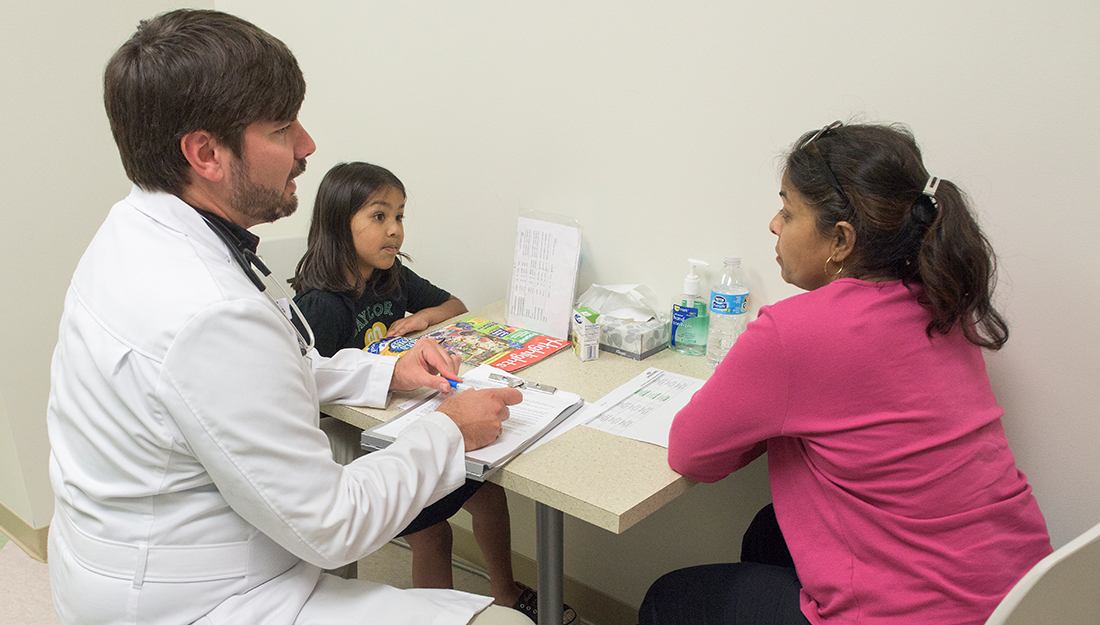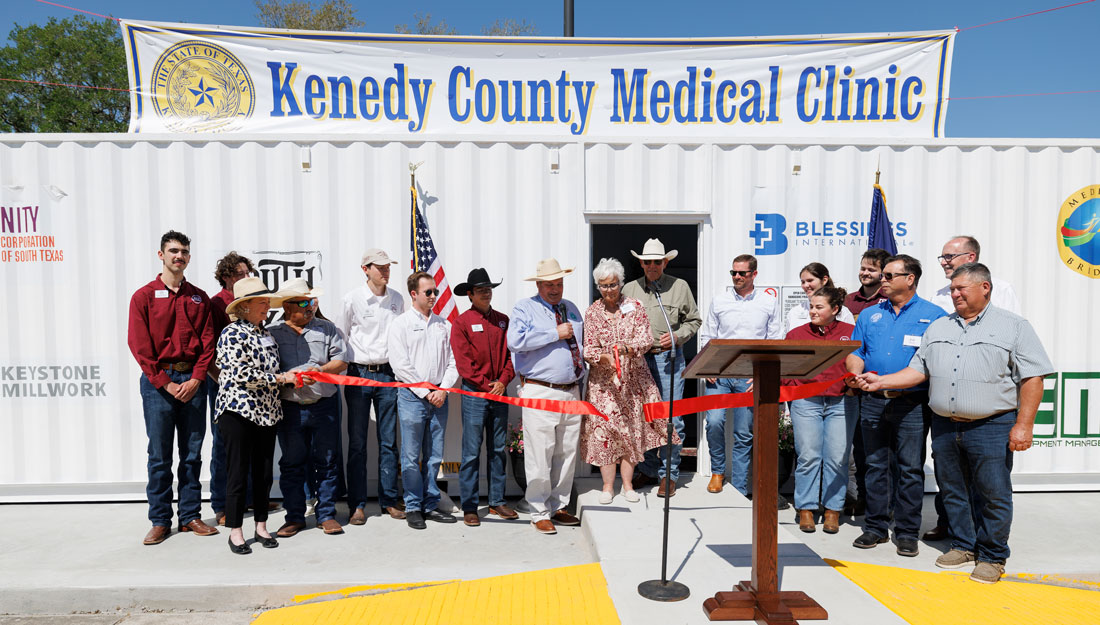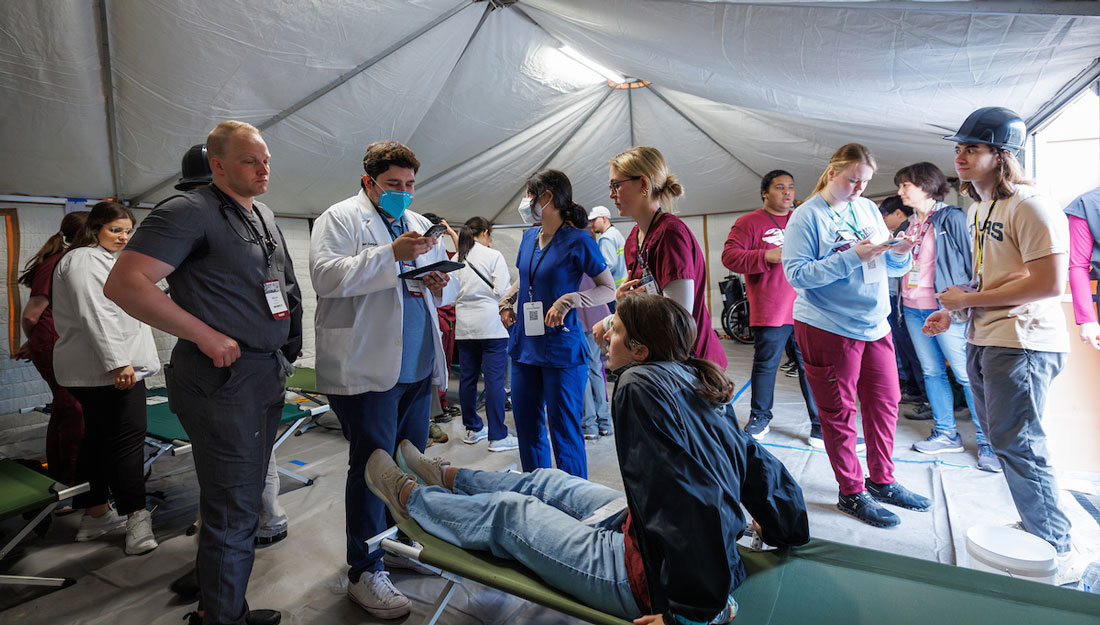- Christina Sumners
- Community, Medicine, Show on VR homepage
Texas A&M grows family medicine residency
With the addition of a new position funded by the Texas Higher Education Coordinating Board, the residency program grows to 10 residents per year

Training new physicians for family medicine practice in diverse communities.
The Texas Higher Education Coordinating Board awarded the Texas A&M College of Medicine’s Family Medicine Residency program an expansion grant totaling $75,000 for the upcoming academic year, July 2019 through June 2020, to expand the program by one position.
The program, located in Bryan-College Station, Texas, trains newly minted physicians for family medicine practice in diverse communities. Previously the program had nine residents in each of the three years of training, for a total of 27 residents. Now, with 10 residents each year, the program will house 30 residents total.
“We had the goal of increasing our residency positions to 30, 10 residents in each year, but we had to scrap those plans because we didn’t have the funding,” said Courtney Dodge, MPH, director of graduate and continuing medical education at the College of Medicine. “Now, thanks to this grant, we do.”
Each additional position is important, as it helps to address the residency shortage in Texas, even in a small way. The cumulative effect is large, as Texas A&M wasn’t the only institution across the state who was awarded a residency position through the board’s Graduate Medical Education Expansion Program.
Most medical schools in Texas are public, which means that the four years of medical education are subsidized by the taxpayers, with the goal that the newly trained physicians will remain in the state.
There has been a mismatch between first-year residency slots and the almost exponential growth in medical school enrollment. The grant programs for graduate medical education (another term for a residency) is the state’s way of trying to increase the number of positions for them, with an ultimate goal of having enough for 110 percent of the graduates of Texas medical schools each year. In other words, one for every new MD plus 10 percent.
“Studies have shown that a vast majority of individuals stay within 100 miles of where they completed their residency,” Dodge said. “Adding additional residency positions is the best way we have of keeping those physicians that we’ve trained here in Texas.”
With this additional residency position, the College of Medicine hopes to be able to add a rural medicine track to the residency program, allowing some of the 30 residents to spend at least part of their training in rural areas around Bryan-College Station. This complements work based out of the A&M Rural and Community Health Institute that tries to improve rural health care.
“We are on the verge of a rural health care crisis in the United States,” said Rae Adams, MD, director of the Texas A&M Family Medicine Residency Program. “Texas A&M Family Medicine Residency is working toward a solution by recruiting and training resident physicians with a passion for rural and underserved medicine. Over the last five years, 68 percent of our graduates are actively serving patients in rural or medically underserved hospitals and clinics, which is well above national norms. Being awarded the Texas Higher Education Coordinating Board (THECB) Residency Expansion Grant will allow us to increase our fingerprint. Training one additional resident per academic class will directly translate to a rural community obtaining a physician.”
Media contact: media@tamu.edu


